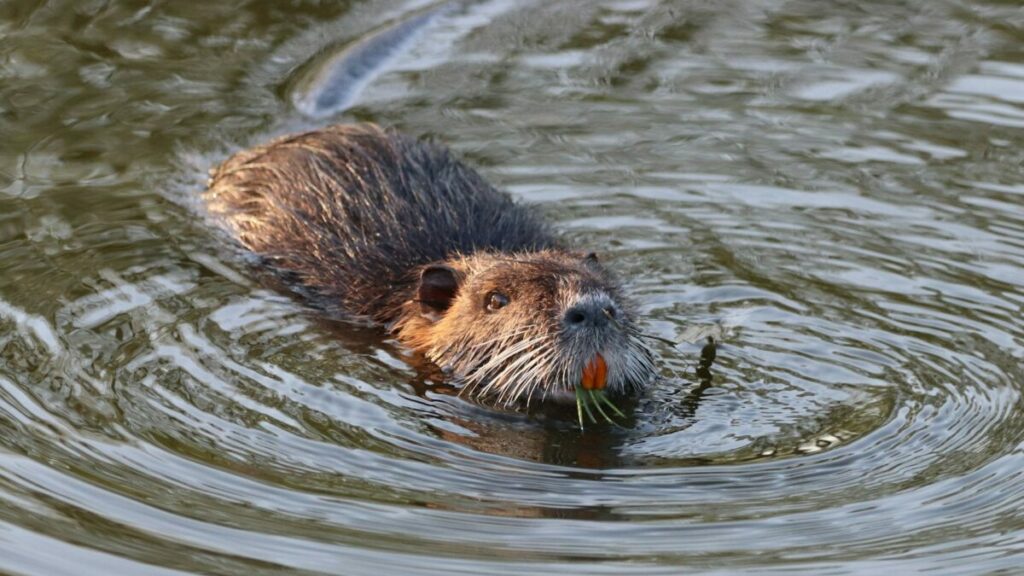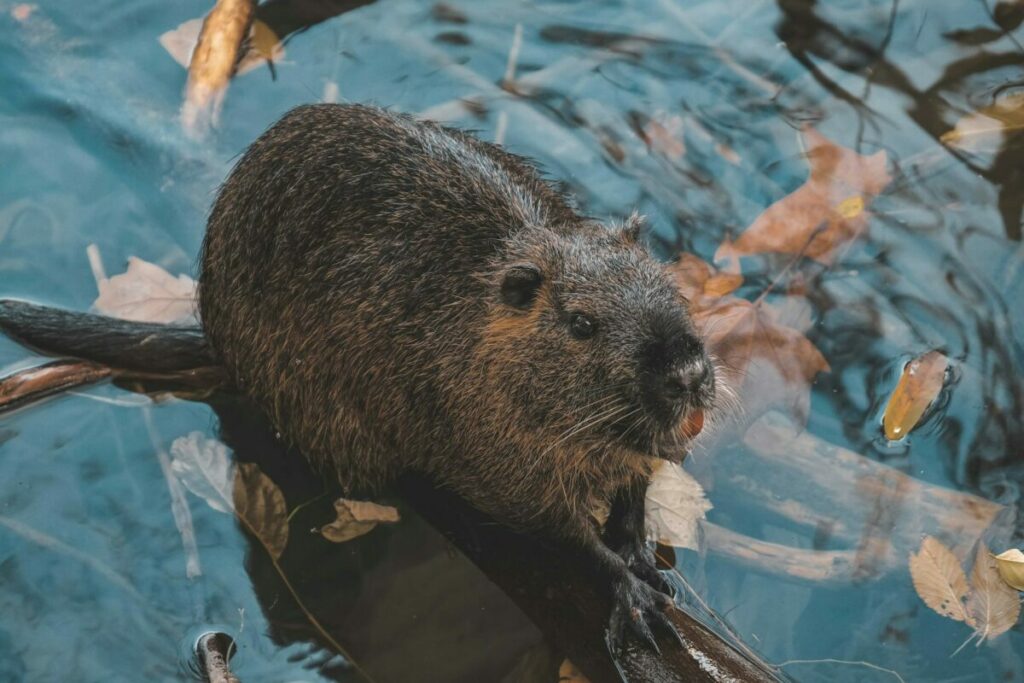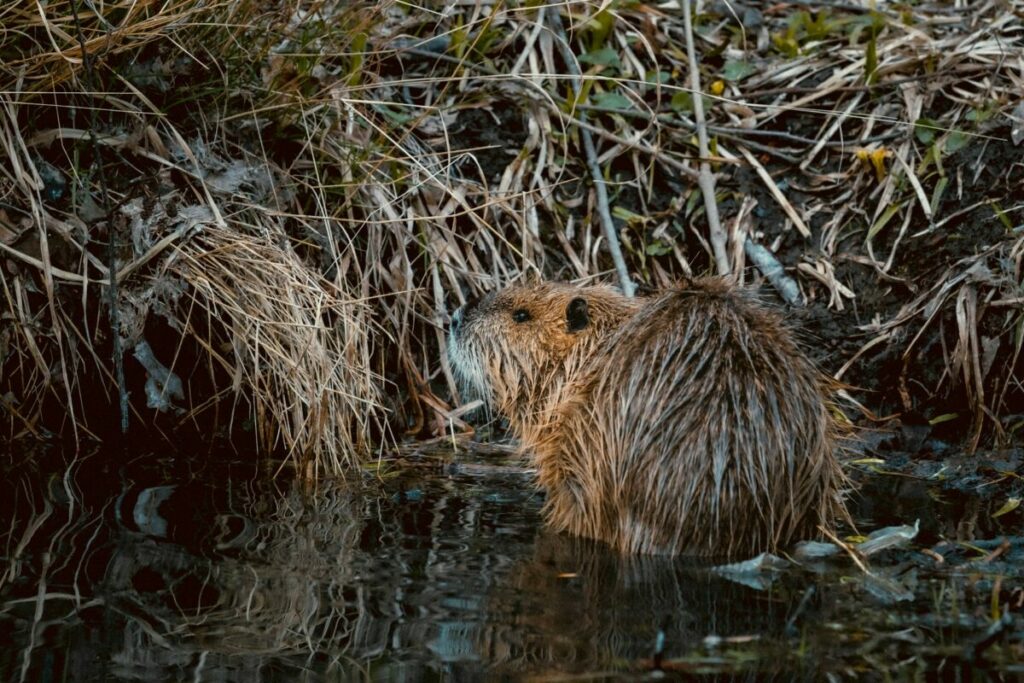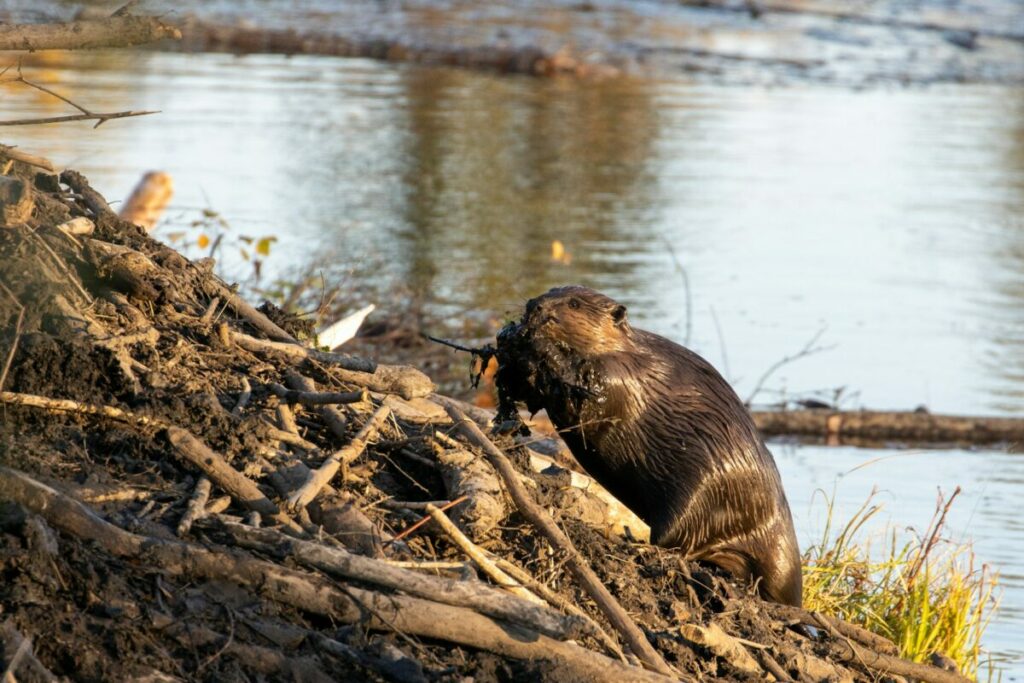You’re sure to be amazed at the sight of gnawed tree trunks near a body of water. The architect behind this display? The diligent beaver, one of the largest rodents. While its rich fur and flat tail draw attention, the beaver’s most intriguing feature are its teeth.
The Fascination Behind Beaver Teeth

The front incisors of beavers invite the most interest, being visibly prominent. While we might jest about them being buck-toothed, these teeth have an essential role in the life of these industrious creatures. With their teeth, sturdy limbs, and browser-like tail, beavers carry out impressive engineering feats, from felling trees to constructing lodges to building dams.
Ever-Growing, Ever-Sharp

Beaver teeth, particularly the incisors, consist of a unique adaption that ensures lifelong functionality. How so? They grow continuously. And it’s a good thing they do! Without nothing to gnaw on, a beaver’s constantly-growing teeth could eventually become a hazard. Thankfully, nature is bountiful, offering these creative engineers an abundance of chewables to keep their teeth at a healthy size.
Yet, what happens with all the gnawing? Wouldn’t the teeth become dull? That’s where nature adds another twist – beaver teeth are self-sharpening.
- The outer edge of the incisor features a tough enamel coating.The inner edge is softer, wearing away more rapidly.
This process maintains a razor-sharp edge, while the tooth’s continuous growth accounts for the worn inner side. It is so efficient that baby beavers are born with their teeth already showing, and the teeth stay sharp throughout their 10 to 15-year life span.
Industrious Yet Peaceful

Despite their powerful jaws and sharp teeth, beavers rarely pose a threat to humans. Essentially shy creatures, a beaver might bite if cornered but would not initiate an attack. Which leads us to another point – why do beavers fell trees?
Reasons Behind The Felling

Beavers fell trees for consumption and construction. They usually opt for smaller trees, branches or twigs, but larger trees are on their menu if they need heavier supplies for building. Even though they risk getting hit by a fallen tree, beavers manage to ingeniously devise ways around this, such as:
- Digging channels in soft ground to float logs to their construction sites.Using their tail as a rudder and extra limb for maneuvering.
The Ecosystem’s Allies

Beavers’ tree-felling actions may seem destructive, but they actually contribute positively to the environment. Dead trees and fallen ones provide required resources to other wildlife. So, let’s celebrate these hard workers and their unique teeth that help maintain a healthy ecosystem!
Related Resources